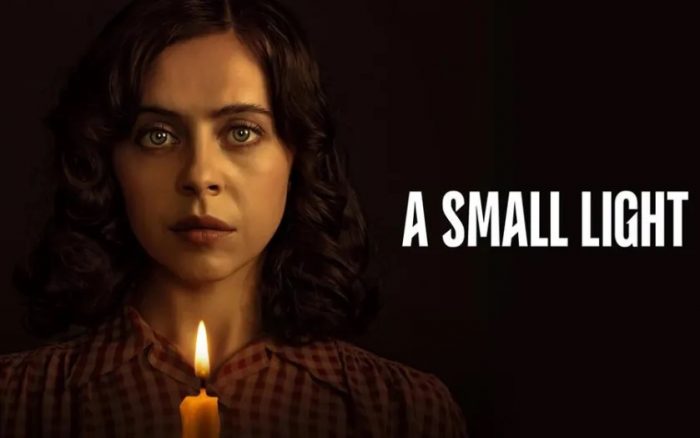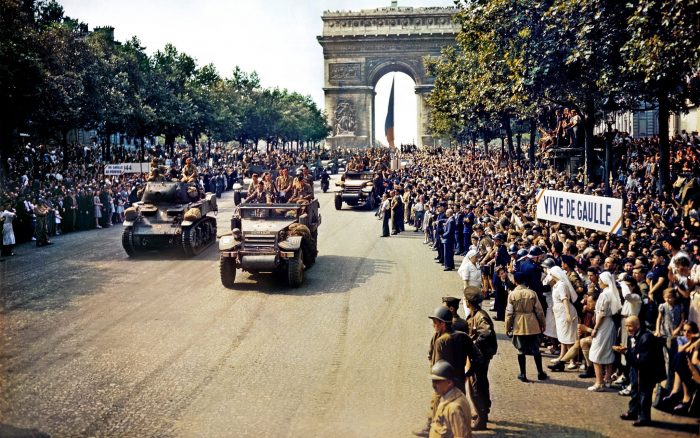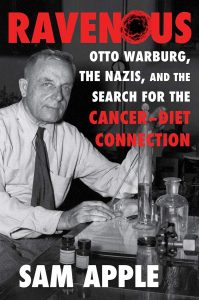By Leah S. Dunaief

A limited series, “A Small Light,” now streaming on Hulu and on Disney+, tells of Miep Gies and her husband, Jan, the Dutch couple who risked their lives hiding the family of Otto Frank from the murderous Nazis during WWII. We know of them from his younger daughter, Anne Frank’s diary that she kept while in their “annex” above the Frank’s business in Amsterdam. This film marks what would have been Miep’s 114 birthday and relates the familiar story from a different perspective, that of Otto Frank’s courageous secretary and would-be savior.
While I have read “The Diary of Anne Frank,” and seen the play, I was riveted by an email I received from a friend, Steve North, who is both a broadcast journalist with CBS and a member by marriage of my extended family. He contacted me to urge that I watch the film, which I will as soon as I can figure out how to get onto Hulu. Meanwhile, I would like to reproduce an abridged version of what he wrote.
In the first half of 1929, two baby girls were born to Jewish families living in and near Frankfurt, Germany. One, sweet and dark-haired, had an older sister; the other, a smiling redhead, was an only child. As they turned 4 years old, the safe worlds their parents had created for them began to crumble. Hitler had come to power, and life for every German Jew was rife with danger. The dark-haired girl’s father decided to flee the country with his wife and children to Amsterdam. Some time later, the red-haired child’s parents made the same decision, eventually making their way to New York.
The dark-haired girl was Anne Frank, whose extraordinary diary, written in the years before her death at age 15 in the Bergen-Belsen concentration camp, has made her the single most recognizable victim of the Holocaust.
The red-haired girl is my mother, Brunhilde Bachenheimer, and when I climbed the narrow stairs to Anne Frank’s hiding place 35 years ago, I was overcome with the realization that my own family had so narrowly escaped a similar fate.
On a return trip to Amsterdam in 1998, I felt an intense need to connect with Anne’s life and story on a deeper level. I wrote a note to Miep Gies, who had become an employee and friend of Anne’s father, Otto, in 1933. Back then, Miep took an immediate liking to the vivacious and intelligent Anne, thinking, “This is the kind of child I’d like to have someday.”
In 1942, the brutal oppression of Dutch Jews by the Nazi occupiers of Holland escalated, with an increase in deportations. After Anne’s sister was ordered sent to Germany, Otto Frank approached his loyal bookkeeper and asked if she and her husband, Jan, would be willing to risk their lives by hiding the Franks and four other Jews. Miep’s immediate reply: “Of course.”
The rest of the overall story is well-known. Miep found and hid the diary until she could give it to Anne’s grieving father, the only survivor of the eight hidden Jews. Steve connected with Miep some 50 years after the war and, delighted to have met her, wrote his interview shortly before she died.
While I have yet to see the drama, which has received excellent reviews, it surely poses the question to the viewers: What would you have done?








